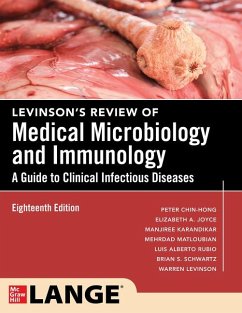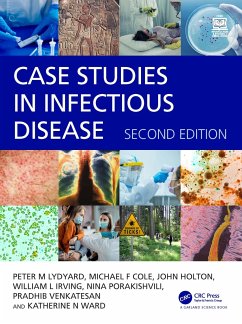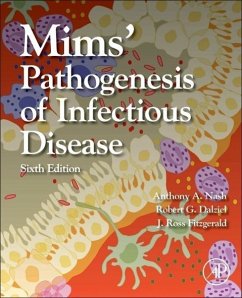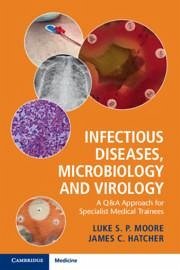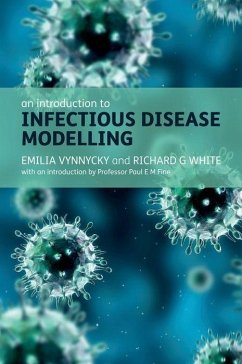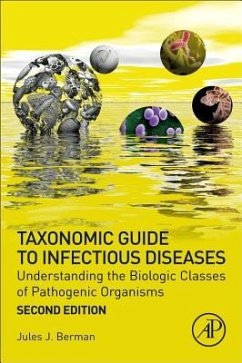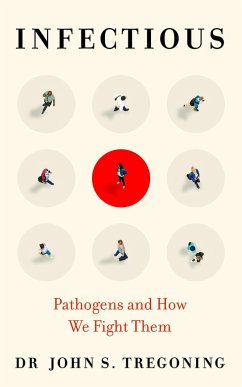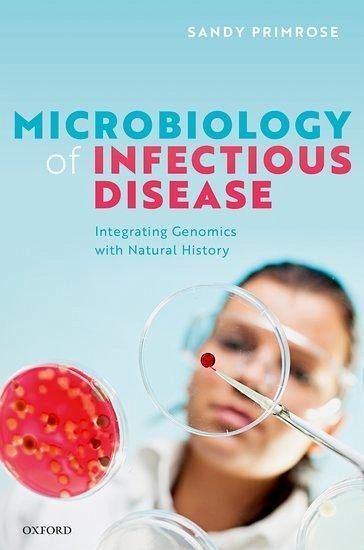
Sandy R. Primrose (Independen Independent biotechnology consultant
Broschiertes Buch
Microbiology of Infectious Disease
Integrating Genomics with Natural History
Versandkostenfrei!
Versandfertig in über 4 Wochen

PAYBACK Punkte
28 °P sammeln!




This book reverses the trend towards the biology getting lost in molecular detail by cutting through the information overload and placing the new sequence-derived information in the context of the natural history of the organism in question.
Sandy Primrose, MBE is an established author with a number of very successful textbooks to his name which have run to multiple editions. He trained as a microbiologist and then undertook research in virology which led to his first textbook. This was followed a few years later by a major textbook on gene manipulation. After a relatively brief academic career, he transferred to the private sector where he has held a number of senior managerial positions in the pharmaceutical and biotechnology industries over a 40-year period. He has been an adviser to the Food Standards Agency and Defra, and has recently published his third popular science book. He is currently Chairman of both AMLo Biosciences and Newcells Biotech, as well as Non-executive Director of Attomarker and acting as a consultant to a number of venture capital companies. He also lectures widely on popular science topics to raise money for various charities.
Produktdetails
- Verlag: Oxford University Press
- Seitenzahl: 272
- Erscheinungstermin: 24. Juni 2022
- Englisch
- Abmessung: 237mm x 158mm x 13mm
- Gewicht: 468g
- ISBN-13: 9780192863850
- ISBN-10: 0192863851
- Artikelnr.: 62915952
Herstellerkennzeichnung
Libri GmbH
Europaallee 1
36244 Bad Hersfeld
gpsr@libri.de
Für dieses Produkt wurde noch keine Bewertung abgegeben. Wir würden uns sehr freuen, wenn du die erste Bewertung schreibst!
Eine Bewertung schreiben
Eine Bewertung schreiben
Andere Kunden interessierten sich für


